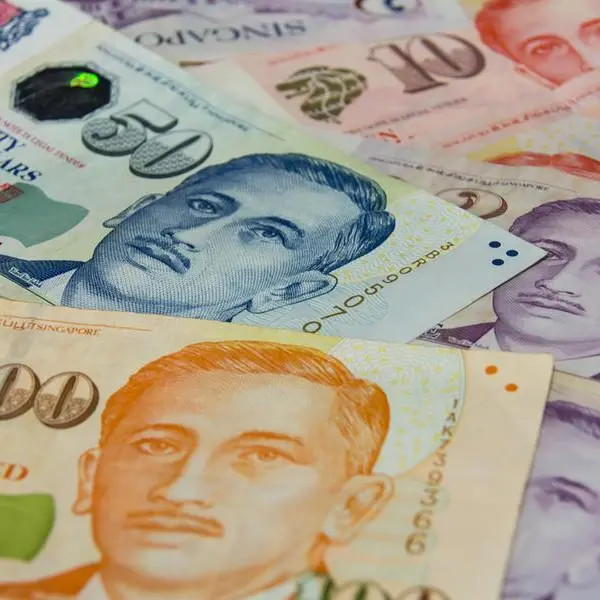Kenyas net foreign assets dropped by Ksh87.1 billion ($769.7 million) in the year to September, the biggest decline yet, indicating that local financial institutions liquidated some of their overseas portfolios.
Net foreign assets (NFA) refer to total foreign assets held by banks and the Central Bank of Kenya minus foreign liabilities of the institutions.Net foreign assets declined from Ksh751.2 billion ($6.6 billion) as at end of September 2020 to Ksh664.1 billion ($5.8 billion) as at end of September 2021, the Kenya National Bureau of Statistics said in its third quarter GDP report.
Stable or growing net foreign assets are likely to increase the relative value of the Kenyan shilling while the opposite could lead to a drop in the local currencys value against others.
A stronger shilling helps to lower the cost of imports, with Kenya shipping in a wide range of consumer and capital goods such as petroleum products and industrial machinery.
A weaker shilling contributes to inflation but may benefit certain players such as exporters whose goods become cheaper from the perspective of foreign buyers.
The net foreign asset position alone is, however, not the single determinant of a countrys macroeconomic stability.
The assets indicate whether a country is a net creditor or a net debtor. Kenya was a debtor country between 1982 and 1992 when its financial institutions owed foreigners more money than they owned abroad, according to data from the World Bank.
This marks the biggest drop in the assets which had grown from lows of Ksh30 billion ($264.9 million) in 1993 to reach highs of Sh885 billion in the first half of last year.
The Treasury has attributed the decline in the foreign assets to a reduction of CBKs foreign currency reserves besides a fall in banks deposits abroad.
The CBKs foreign currency reserves are usually spent when the institution intervenes to support the shilling or makes payments to foreign lenders as the governments fiscal agent.
Kenyas rising appetite for international borrowing through issuance of dollar-denominated bonds has increased in recent years, making the debt service a significant factor in the changes in the net foreign assets.
The weakening of the shilling is also likely to erode the assets by inflating financial institutions debt in foreign currency.
The local currency has depreciated to trade at 113 units to the dollar from 100 units to the greenback in February 2020 a month before the country registered its first case of coronavirus.
The pandemic resulted in a significant weakening of the local currency on the back of reduced exports and broad disruption of economic activity, including severe restrictions on sectors such as tourism and transport.
The shilling has lost ground against most major currencies including the Euro, Pound Sterling and US dollar.
The depreciation continued even after the removal of the coronavirus-related restrictions which have led to a strong economic recovery.Economic recovery from the effects of the Covid-19 pandemic continued in the third quarter of 2021 as a result of the gradual easing of containment measures instituted to curb the spread of the disease, KNBS said.Real GDP grew by 9.9 percent in the third quarter of 2021 compared to a contraction of 2.1 percent in the same quarter of 2020.KNBS said the performance was driven by significant rebounds in most economic activities that had contracted in the third quarter of 2020.
The industries that supported overall growth included manufacturing which expanded by 9.5 percent, education (64.7 percent), transportation and storage (13 percent), accommodation and food serving activities (24.8 percent) and financial and insurance activities (6.7 percent.However, agricultural production was constrained due to drought conditions that characterized the quarter under review in most parts of the country, the KNBS said.The agriculture, forestry and fishing sector contracted by 1.8 per cent in the review compared to 4.2 percent growth in the same quarter of 2020.The contraction was seen in the significant decline in fruit exports, cane deliveries, tea production and coffee exports, the statistics body said.
Copyright 2022 Nation Media Group. All Rights Reserved. Provided by SyndiGate Media Inc. (Syndigate.info).






















